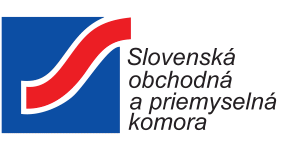Summary:
A German university offers an improved protective cap that contributes to optimize microcirculation (circulation of the blood in the smallest blood vessels) examinations with video microscopy. Among others it facilitates the removal of disturbing cell detritus in sublingual examinations. License agreements are offered to partners from the medical industry.
Description:
Life-threatening illness in critical care patients is often accompanied by changes in microcirculation (circulation of the blood in the smallest blood vessels). Given that a sufficient micro-circulation is crucial for oxygen supply to individual cells and organs, deterioration of microcirculation often alters organ functions. In recent years techniques to visualize the patients microcirculation at the bedside have been developed, e.g. SDF (side stream dark-field) and IDF (incident dark field) illumination techniques. Generally observation of microcirculation is conducted by inserting a pencil shaped camera device in the patients mouth and measuring microcirculation sublingually. The camera device is protected by a single use protection cap that is discarded after the examination.
A serious problem in measuring the microcirculation sublingually is the low intraluminal pressure of sublingual capillaries. By placing the camera for measurement, the blood flow in the capillaries may be altered or even inhibited. These pressure artefacts may be misinterpreted as disturbances in microcirculation causing a false diagnosis and therapy.
Another challenge in measuring microcirculation sublingually is the ongoing production of saliva and the occurrence of cell detritus in the area of interest thus restraining or inhibiting microcirculation measurements.
A German university offers an invention that reacts to these shortcomings. The solution aims to optimize the examination and recording conditions with standard video microscopes for mircrocirulatory analyses.
This is achieved with a modified protective cap for standard microcirculatory video microscopes. This cap has a hollow protective cap body with a front end, a cylindrical surface and an open rear end, through which the imaging device can be inserted into the protective cap and a depression provided in the front end. Thanks to this new set-up pressure artefacts are reduced and the detritus is easier to remove. Furthermore it enables the possibility of fluorescence microscopy and allows local administration of fluid or gases.
The university seeks medical device providers who are interested in license agreements to bring the new cap into application.
Type (e.g. company, R&D institution…), field of industry and Role of Partner Sought:
The university offers license agreements
• Type of partner sought: Provider of medical devices
• Role of partner: Manufacture the protective cap under license agreement and take it to the market
Stage of Development:
Prototype available for demonstration
IPR Status:
Patent(s) applied for but not yet granted
Comments Regarding IPR Status:
Patent applications have been filed in Europe and the USA.
External code:
TODE20200805002








